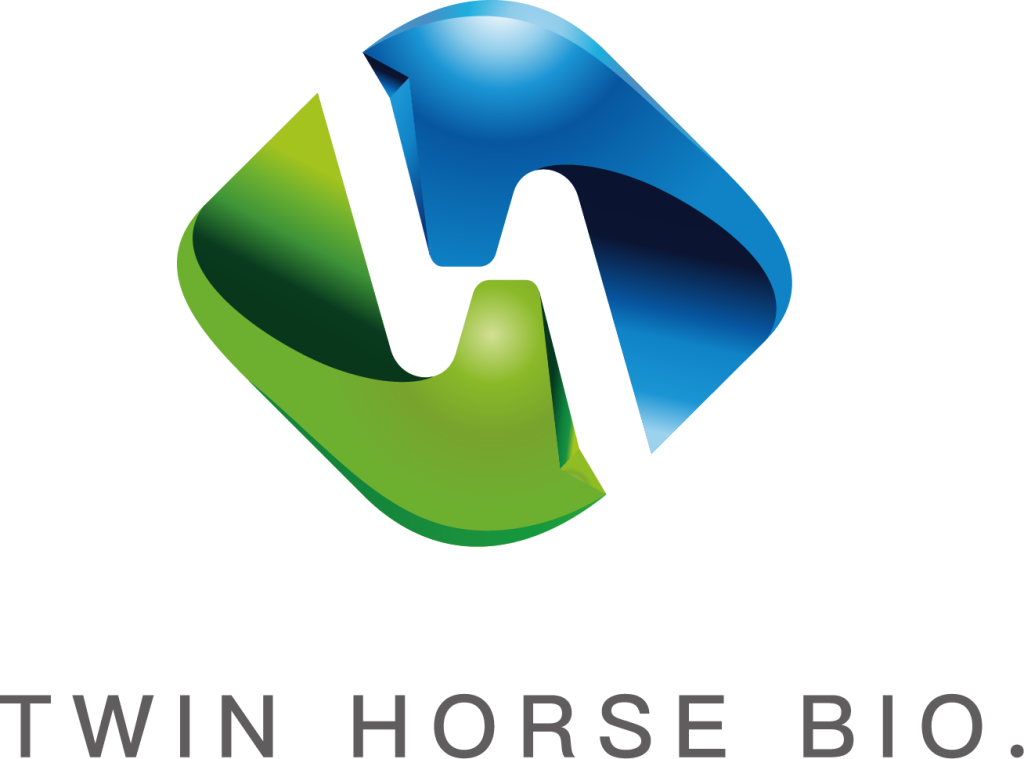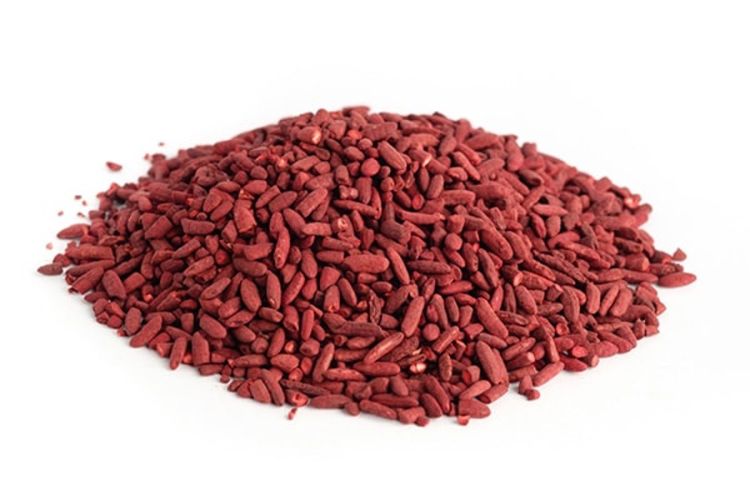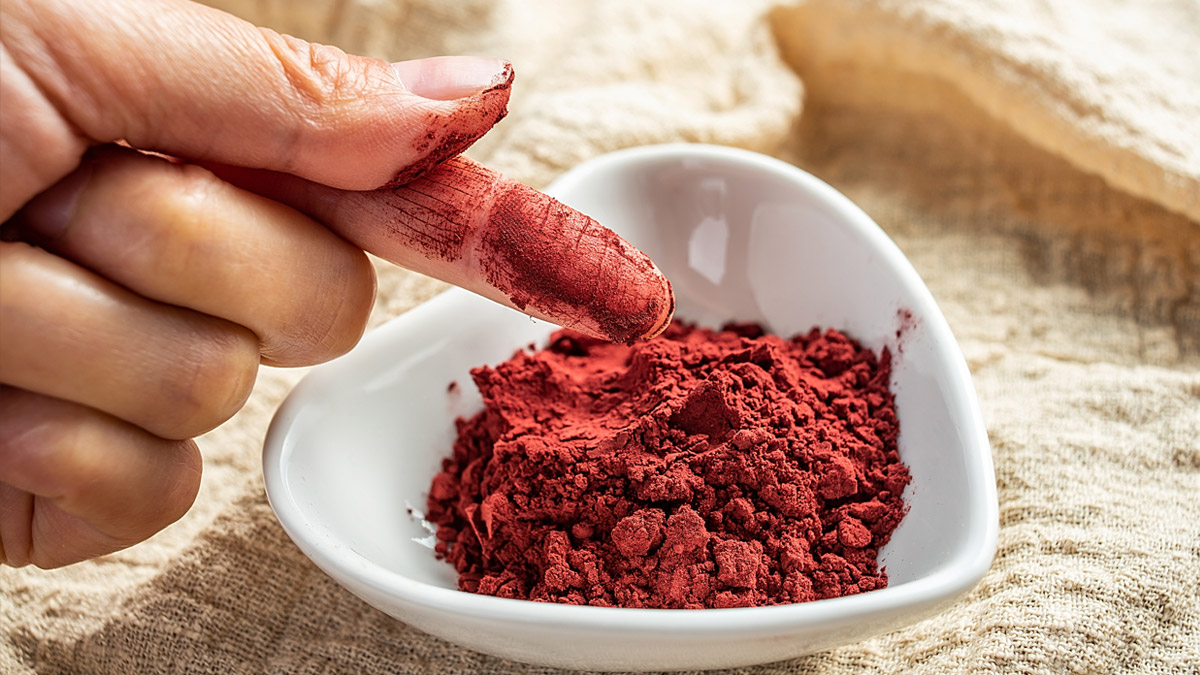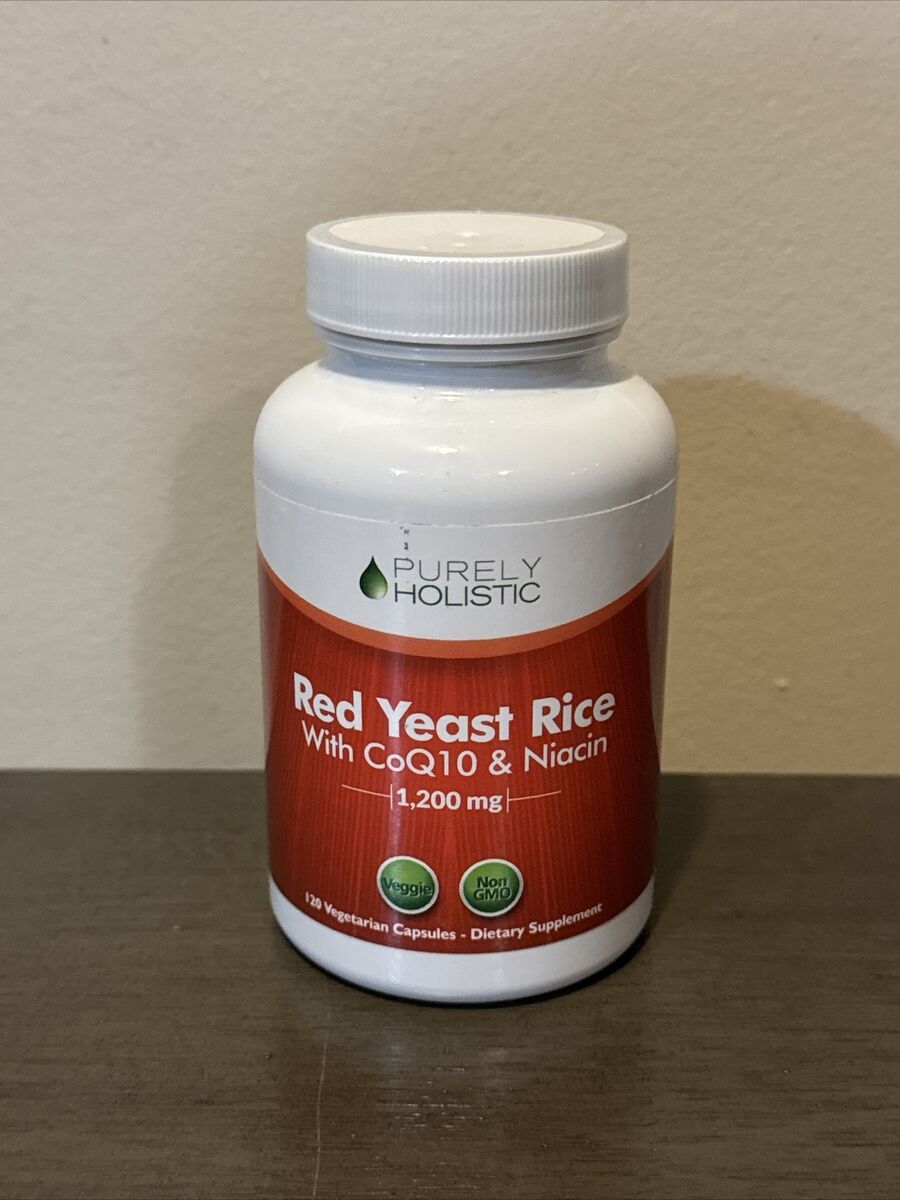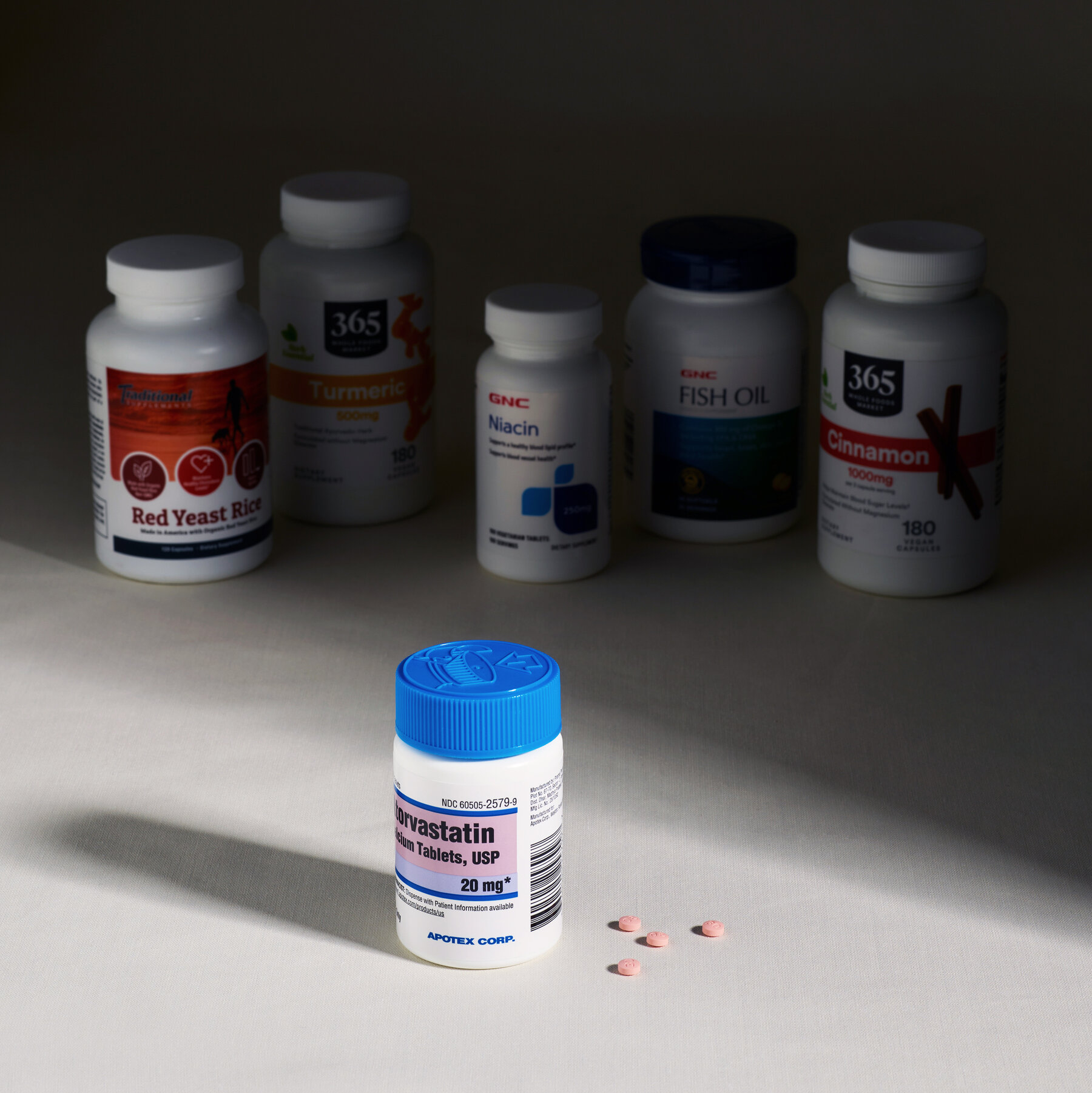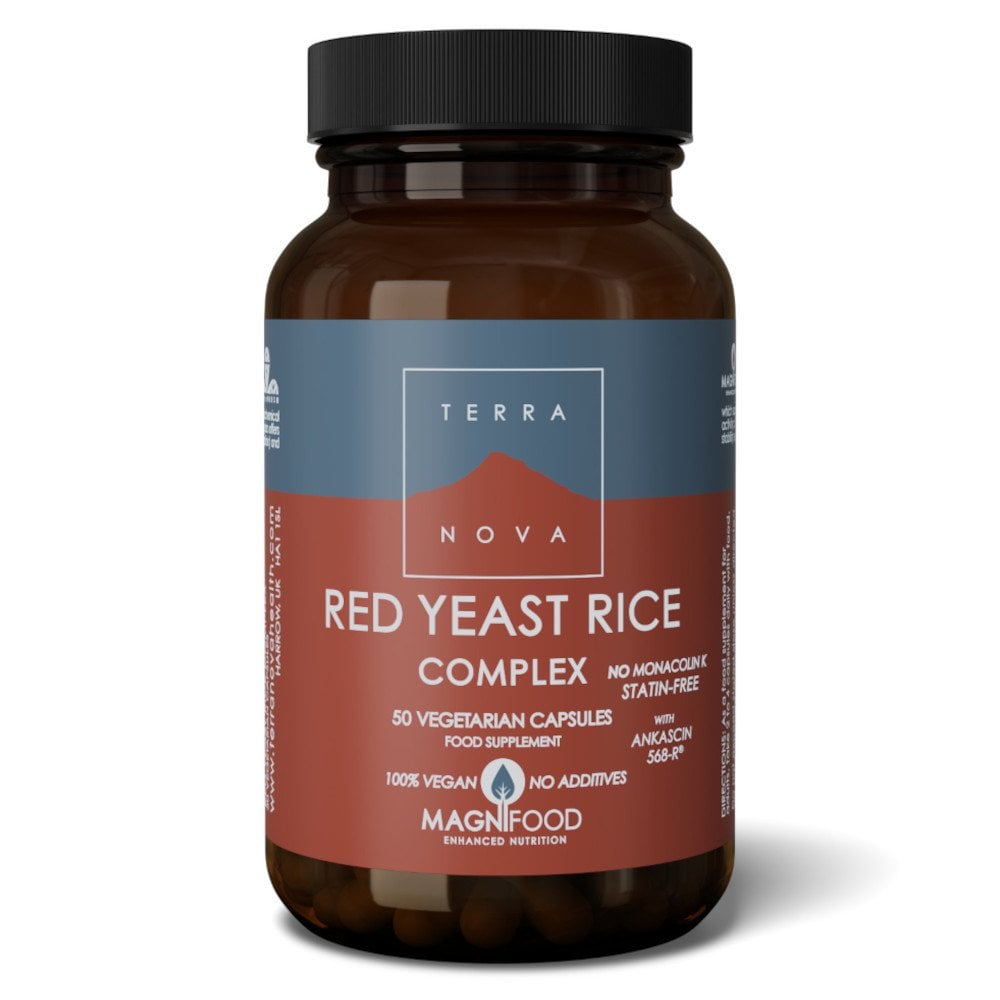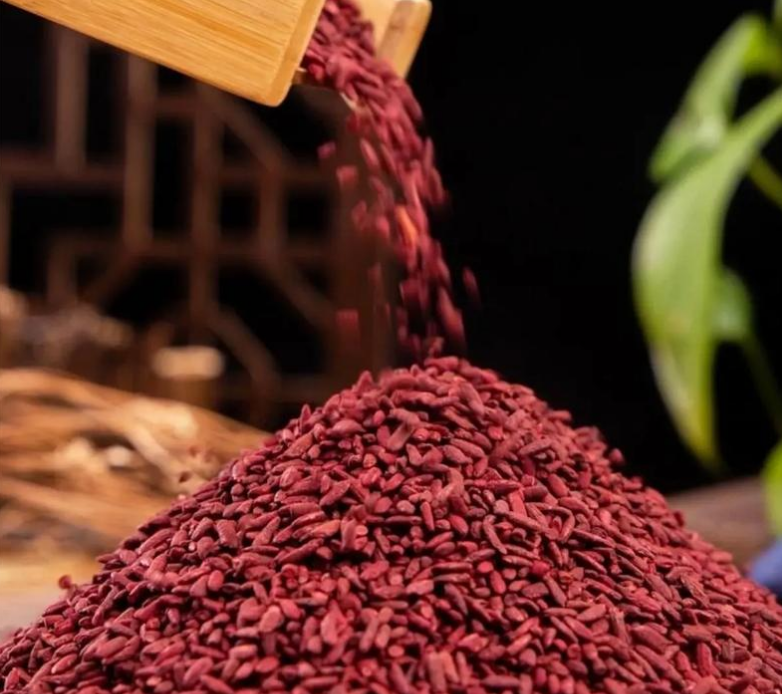Red yeast rice can interact with various medications, particularly statins, blood pressure drugs, and liver enzyme inhibitors. For example, combining red yeast rice with statins can increase the risk of muscle pain and liver toxicity by up to 40%.
Statins
Red yeast rice is a supplement; it’s a fermented rice product that contains the active ingredient monacolin K, chemically related to the frequently prescribed statin medication called lovastatin. Indeed, in clinical studies of this class of drugs-e.g., atorvastatin and simvastatin-LDL has been reduced by 30-50%, depending on drug dosage and individual responsiveness. Combined with red yeast rice, there is a possibility that the body may be exposed to more monacolin K than it is supposed to get from the statin, thus increasing its effect. For example, one study reported that the risk of muscle pain increased by 50% in patients who took lovastatin and red yeast rice together as compared to those who took only lovastatin.
A patient currently on 40 mg of atorvastatin represents a medium dose and would unknowingly potentiate his statin effect with the intake of red yeast rice. In a recent large clinical trial of more than 10,000 individuals, those in the high dose statin groups had a 20 percent increased incidence of muscle related adverse effects as compared to the patients who were being treated on the lower dosages of this medication. Because statins are metabolized through the liver, and red yeast rice has been known to elevate liver enzymes, this indicates a potential of liver damage with concomitant use with statins.
Subjects with liver disease or regular consumers of alcohol are at an even higher risk of liver toxicity with the combination of red yeast rice. A cohort study of over 3,500 patients demonstrated a 40% increased risk in liver dysfunction among those consuming alcohol while on statins compared to non-consumers. This risk may be further increased when combined with red yeast rice since both agents may increase liver load.
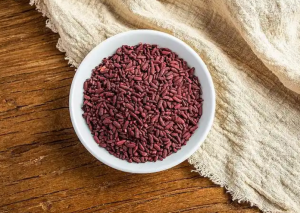
Blood Thinners (Anticoagulants)
The active ingredients within red yeast rice have a potential to exhibit some degree of blood-thinning properties and, therefore, increase the chances of an adverse drug-drug interaction, especially when taken with anticoagulant drugs like warfarin, aspirin, or newer agents such as rivaroxaban and apixaban. There is an increased risk of excessive bleeding when both red yeast rice and prescribed anticoagulants are used together because of the additive action on the coagulation pathway of blood. For instance, in a clinical study, 250 patients receiving warfarin therapy had a 25 percent increased risk of abnormal bleeding events after receiving the red yeast rice supplement as compared with those not receiving the red yeast rice supplement.
For example, warfarin is super sensitive to changes in food and supplement intake. In a cohort study of over 1,000 patients on warfarin, 15% of patients were noted to have a clinically significant change in their INR levels while on concurrent herbal supplements, one of which was red yeast rice. These can either increase the risk of clots forming if the blood becomes too thick or the risk of bleeding if it becomes too thin.
This can be done with further research into specific interactions between red yeast rice and newer blood thinners like rivaroxaban and apixaban. One study, which researched supplements that had an impact on anticoagulant drugs, stated that patients taking rivaroxaban with some herbal supplements exhibited a 30% variation in drug levels, which could lead to either inadequate anticoagulation or increased bleeding complications.
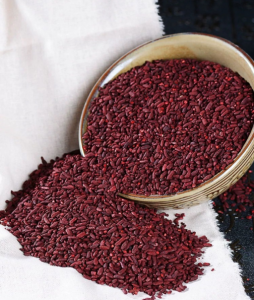
Cyclosporine
Cyclosporine is an immunosuppressive agent widely used to prevent transplant rejection or to treat autoimmune diseases such as rheumatoid arthritis and psoriasis. The metabolism of cyclosporine occurs in the liver, primarily by enzymes of the cytochrome P450 family. Red yeast rice may also affect the metabolism of cyclosporine because of its monacolin K content, which may lead to potentially dangerous levels of the drug in the body.
Cyclosporine is metabolized by the cytochrome P450 3A4 enzyme and it was reported that monacolin K in red yeast rice inhibits this enzyme. In one study of kidney transplant recipients, patients who were on both cyclosporine and red yeast rice demonstrated a 40% increase in the blood levels of cyclosporine when compared to those only on cyclosporine. This increased cyclosporine concentration could lead to increased toxicity with symptoms including kidney dysfunction, high blood pressure, and gastrointestinal distress.
Red yeast rice might increase levels but also changes the absorption and elimination pattern of the drugs. In addition to red yeast rice, changes to either gut motility or liver function may modify cyclosporine pharmacokinetics. For example, one study of more than 300 patients on cyclosporine therapy found that the administration of cyclosporine with certain herbal supplements-including red yeast rice-produced a 15% alteration in the drug’s bioavailability.
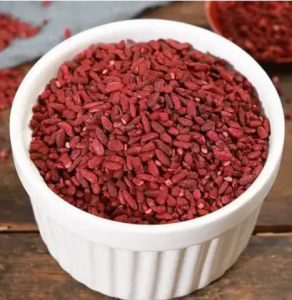
Niacin
Niacin is usully administered in dosages up to 500 mg and 2,000 mg daily for the treatment of cholesterol. Both niacin and red yeast rice reduce cholesterol through similar mechanisms but concomitant use may lead to increased risk of hepatotoxicity. In particular, the Journal of Clinical Lipidology presented a study that included over 1,200 patients and revealed that those receiving a combination of niacin and red rice yeast exhibited a 40% rise in the incidence of liver enzyme elevations compared to those with niacin only.
Niacin can cause flushing, muscle ache, and weakness at higher doses. One clinical trial of 500 individuals taking both niacin and red yeast rice demonstrated a 25% increased incidence of muscle pain and weakness compared to a group only taking niacin. Indeed, a 2016 study in the Journal of the American College of Cardiology found that among patients taking a combination of niacin and statins-related to red yeast rice-5% developed significant muscle pain, a figure twice the rate observed among patients taking statins alone.
Yet, a study in the Archives of Internal Medicine found that while high-dose niacin with a statin-or red yeast rice-reduced LDL cholesterol by 38 percent, there was no significant reduction in the risk for major cardiovascular events like heart attacks or strokes.
Fibrates
Fibrate is a class of medicine generally prescribed to lower levels of triglycerides and raise HDL cholesterol levels in dyslipidemia patients. When taken with red yeast rice-a rich dietary source of monacolin K, a compound with striking similarities to statins-these fibrates further potentiate the risk for developing adverse effects such as muscle damage and liver toxicity.
A large-scale study in the American Journal of Cardiology calculated that on a combined treatment of a fibrate-an old class of drugs, one of them is called gemfibrozil-and statin developed a 3.5-fold increased risk of development of muscular pain and weakness versus only on a statin. In one study of 150 patients on the combination of fibrates and red yeast rice, 20% showed significant muscle pain while 5% developed the more serious symptoms of muscular damage, including muscle weakness and tenderness, illustrating how combined side effects from such drugs could greatly increase their risks of muscular damage.
Fibrates are known to act upon the liver and among the common side effects of fibrates is the rise of liver enzymes. Clinical trial studies have showed an elevation of liver enzymese in up to 10% of patients while taking fibrates such as gemfibrozil and fenofibrate. One trial conducted on 200 patients taking both red yeast rice and fibrates saw an elevation of their liver enzymes at 12% while those taking the drug alone were only elevated in 5% patients.
Liver Enzyme Inhibitors
Clinical studies have demonstrated that the interaction of liver enzyme inhibitors and red yeast rice significantly increases the concentration of monacolin K in the bloodstream. For instance, in one study, 200 subjects who took fluconazole, a known liver enzyme inhibitor, in conjunction with red yeast rice showed a 50% increase in the levels of monacolin K compared with those subjects who took only the latter. An increase in the amount of monacolin K present means an increased and thus stronger effect on the level of cholesterol, thereby increasing the risk of extreme decreases in LDL cholesterol levels. Although this may seem quite beneficial in the short term, it leads to a number of complications, including an increased risk of liver damage, muscle pain, and rhabdomyolysis, especially with its use over extended periods.
This is not the end of the effect that these liver enzyme inhibitors have on the red yeast rice. The study conducted in 150 patients on chronic treatment with liver enzyme inhibitors showed an increase rate of 30% elevation of liver enzymes amongst people taking red yeast rice supplement versus those who were not taking it.
Active ingredient monacolin K is similar to statins in red yeast rice, which works by inhibiting HMG-CoA reductase in cholesterol reduction. In a study involving 500 patients on erythromycin and red yeast rice, 15% of the patients developed serious muscle pain, while only 5% of patients on erythromycin alone did. However, inhibition of the liver enzyme generally will enhance its circulating levels of monacolin K and further increase its chances of muscular side effects.
Blood Pressure Medications
In a very similar way to statins, red yeast rice mediates its action via inhibition of the enzyme HMG-CoA reductase, which is considered central in cholesterol production. Antihypertensive drugs, especially those that are hepatically metabolized, may interfere with metabolic pathways of red yeast rice, thus increasing the concentration of monacolin K in the blood. A study of over 300 hypertensive patients on blood pressure medications with red yeast rice found that patients on ACE inhibitors increased the red yeast rice blood levels by 25%.
Blood pressure medications act to lower blood pressure to a safe level, while the cholesterol-lowering action of red yeast rice can inadvertently affect blood pressure. For example, one clinical trial of 150 hypertensive patients who received both ACE inhibitors and red yeast rice showed a minor decline in the systolic blood pressure, with a mean decrease of 5 mmHg. While this may sound like a good thing, in those individuals already taking blood pressure medications, this could result in hypotension, or dangerously low blood pressure, particularly if the patient is also taking diuretics or calcium channel blockers.
Both antihypertensive drugs, particularly ACE inhibitors and ARBs, and red yeast rice have the potential to impact renal function. A study in the Journal of Clinical Pharmacology demonstrated that patients with a combination of ARBs and red yeast rice had a 15% decline in GFR compared to their counterparts using only ARBs. This could increase acute kidney injury in patients with pre-existing kidney conditions; thus, the use of both blood pressure medications with red yeast rice should involve regular monitoring of kidney functions.
